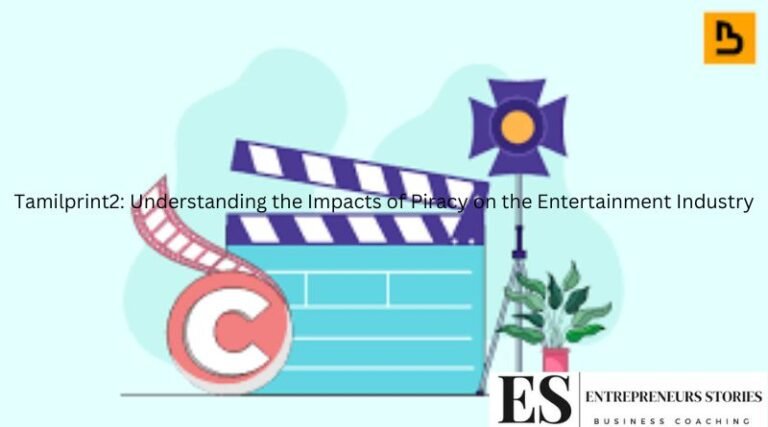In an age where digital content can be accessed with just a click, piracy has become a widespread issue, significantly impacting the entertainment industry. Websites like Tamilprint2 exemplify how pirated content is disseminated, affecting not only the revenue streams of filmmakers but also the entire ecosystem of the industry. This article explores the multifaceted impacts of Tamilprint2 and similar piracy hubs, providing insights into their operations and the broader consequences for creators, consumers, and regulators.
The Mechanism of Piracy Websites
Tamilprint2 operates by hosting pirated copies of films, typically uploaded shortly after or even before their official release. These websites rely on a network of contributors who illegally capture and share content. Users are drawn to these sites due to the free access they offer, bypassing the legal and paid channels that fund the film industry. The ease of access, combined with the rapid availability of new releases, makes Tamilprint2 a popular choice for consumers unwilling or unable to pay for content.
Economic Impact on the Film Industry
The most direct effect of piracy sites like Tamilprint2 is the loss of revenue. Films suffer when potential box office sales are undercut by viewers accessing the film for free. This reduction in revenue is not limited to the producers; it extends to distributors, cinemas, and even local economies that benefit from movie screenings. Moreover, this financial hit can affect budgets for future projects, potentially reducing the quality and quantity of new films being produced.
Effects on Creativity and Investment
Beyond financial losses, piracy can demotivate creators and investors. Knowing that their work will likely be pirated dampens the enthusiasm of filmmakers and investors who spend significant resources on movie production. This can lead to a decrease in the diversity of films being made, as investors and creators might prefer low-risk projects, which typically involve sequels or proven genres rather than original content. Consequently, the richness of the cinematic experience is diminished, and cultural diversity suffers.
Legal and Regulatory Challenges
Enforcing copyright laws against sites like Tamilprint2 is fraught with difficulties. Piracy sites often operate from jurisdictions with weak copyright laws, making international cooperation necessary but complicated. Additionally, the anonymity afforded by digital spaces makes tracking and prosecuting the individuals behind these sites challenging. This legal grey area not only hinders the fight against piracy but also emboldens these platforms to continue their operations.
Impact on Employment
The ripple effects of decreased revenue from piracy extend to employment within the film industry. Jobs in production, post-production, distribution, and exhibition are all impacted when films do not perform financially as expected. This can lead to reduced hiring and, in some cases, layoffs, affecting the livelihood of many who depend on a thriving film industry.
Consumer Perspective and Quality of Experience
While consumers may enjoy short-term benefits from free access to films on platforms like Tamilprint2, the long-term consequences can detract from the viewer’s experience. The quality of pirated copies is often inferior, and the viewing experience can be marred by poor resolution, intrusive ads, or even malware risks. Moreover, as the financial viability of films diminishes, the overall quality and variety of films being produced are likely to decrease, ultimately impoverishing the consumer’s choices.
Global Efforts to Combat Piracy
Combatting piracy requires a coordinated global effort. This includes strengthening international legal frameworks, sharing intelligence across borders, and improving technological measures to track and block pirated content. Film industries and governments are also working to educate consumers about the ethical and legal implications of piracy, hoping to shift public attitudes towards supporting legal content consumption.
Conclusion
The impacts of Tamilprint2 and similar piracy sites are profound and far-reaching. They not only affect the economic landscape of the entertainment industry but also compromise the creative process, the legal framework, and consumer experiences. Tackling this issue is complex and requires a multifaceted approach involving legal action, technological innovation, and cultural change. As the industry adapts to these challenges, it is crucial for consumers to recognize the long-term benefits of supporting legal and ethical entertainment consumption, ensuring that creativity and diversity in the film industry continue to thrive.
Read also: check

